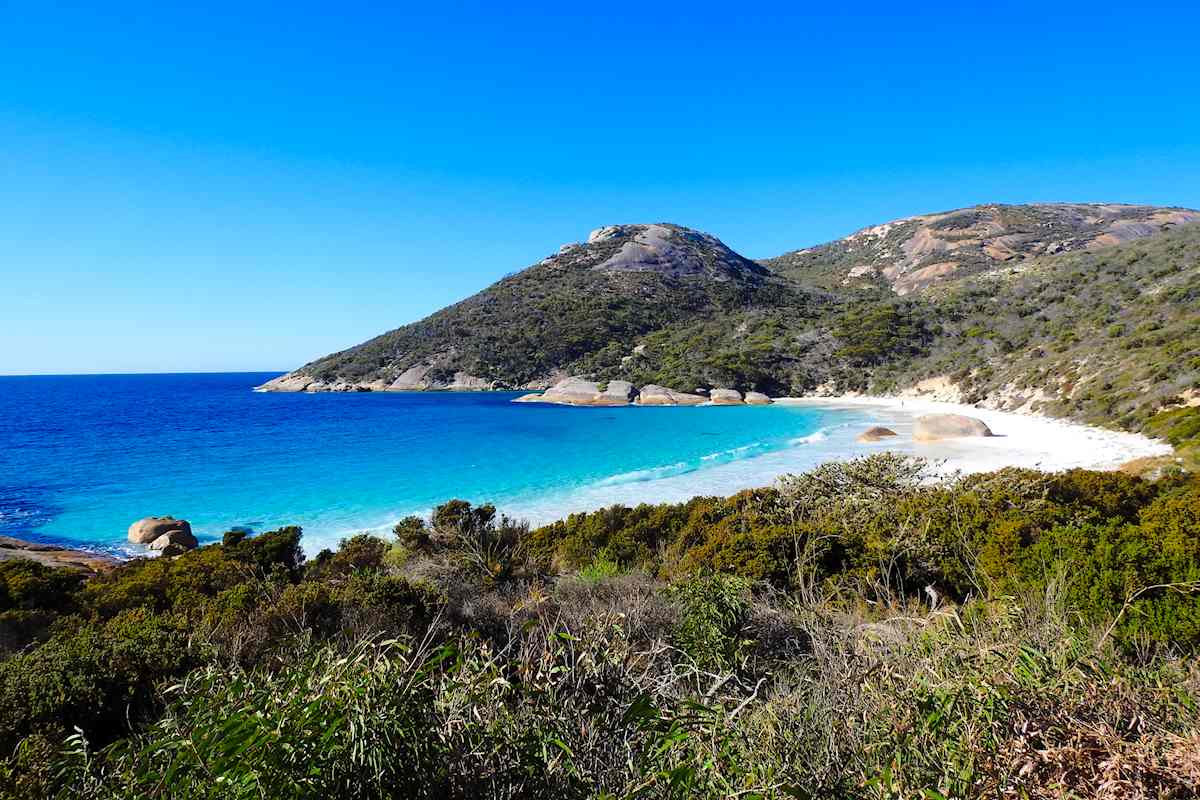Moving along the coast I stayed near Two Peoples Bay (Baie Des Deux Peuples) for a few days. This glorious bay derives its name from the meeting of an American whaling ship and a French vessel in these waters in 1803.
Little Beach (main image, above) displays stunning white sands contrasting beautifully with the turquois water. This beach faces north-east and is sheltered from the southern winds by a rocky headland, known as Mount Gardner.
In the 1960’s, this area was slated for development as a tourist resort! Located only 35km from the large and busy town of Albany, it still gets pretty busy at weekends but it is lucky the area was not destroyed in the name of “progress”.

Fortunately, two animals found to be living here were responsible for the area being saved.
The Noisy Scrub-bird was discovered here in the 1840’s but was so rarely seen, it was thought this bird had died out. Rediscovered in the 1960’s, it was instrumental in getting the bay area declared a Nature Reserve, thus ensuring this beautiful place was protected.
Also living here is the Gilbert’s potoroo, which is considered the rarest animal in the world! Thought to be extinct, it was rediscovered here in the 1990’s but there are only an estimated 40 individuals left in the wild!
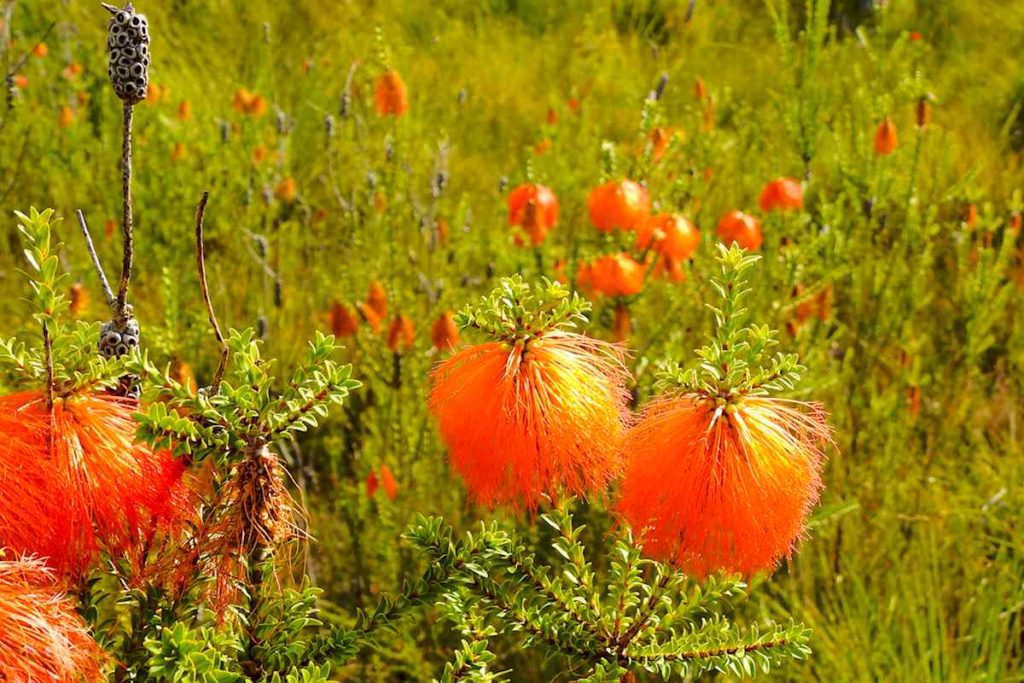
Nature Reserves focus on protecting wildlife, ensuring “only low-impact recreation” is permitted. There are few facilities in this place; camping is not allowed here, ensuring the area is still pristine.
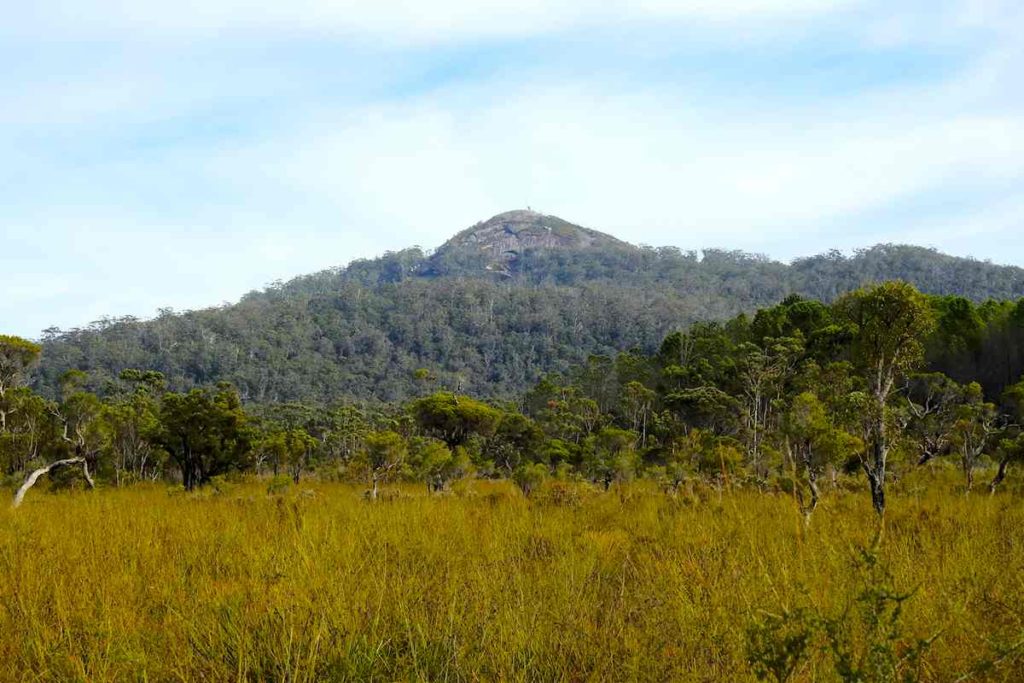
Moving away from the coast for a while, I headed inland a bit to Mount Frankland NP, which is part of the dedicated massive conservation area around Walpole in south-west WA.

The bare granite peak of Mount Frankland, which was named in 1829, stands out from the surrounding old-growth forests, with karri, jarrah and tingle trees predominant. The local Aboriginals called the mountain Caldyanup. The summit was used as a lookout for fires in the surrounding bushlands and the fire tower still stands there today.

Quiet rivers flow through this bush, with beautiful clear water.
Although it is early in the season, some wildflowers were blooming already.
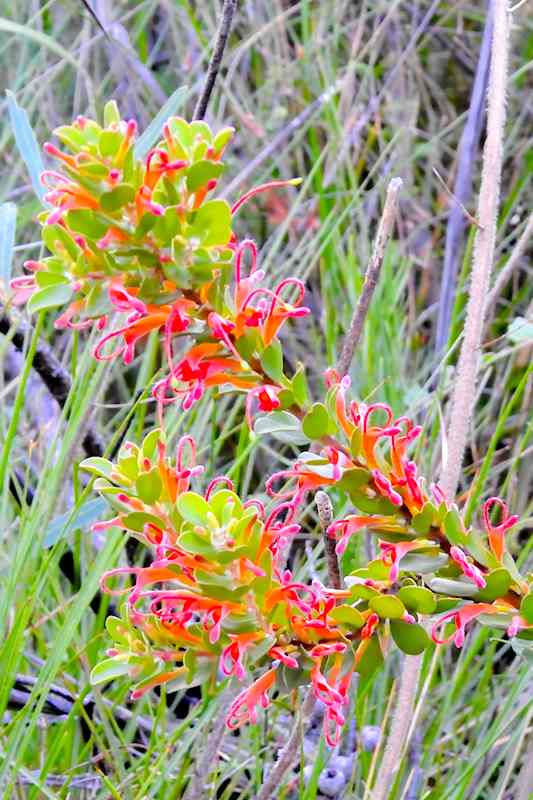
The campground here is at Fernhook Falls on the Deep River, which had no water flowing over them.
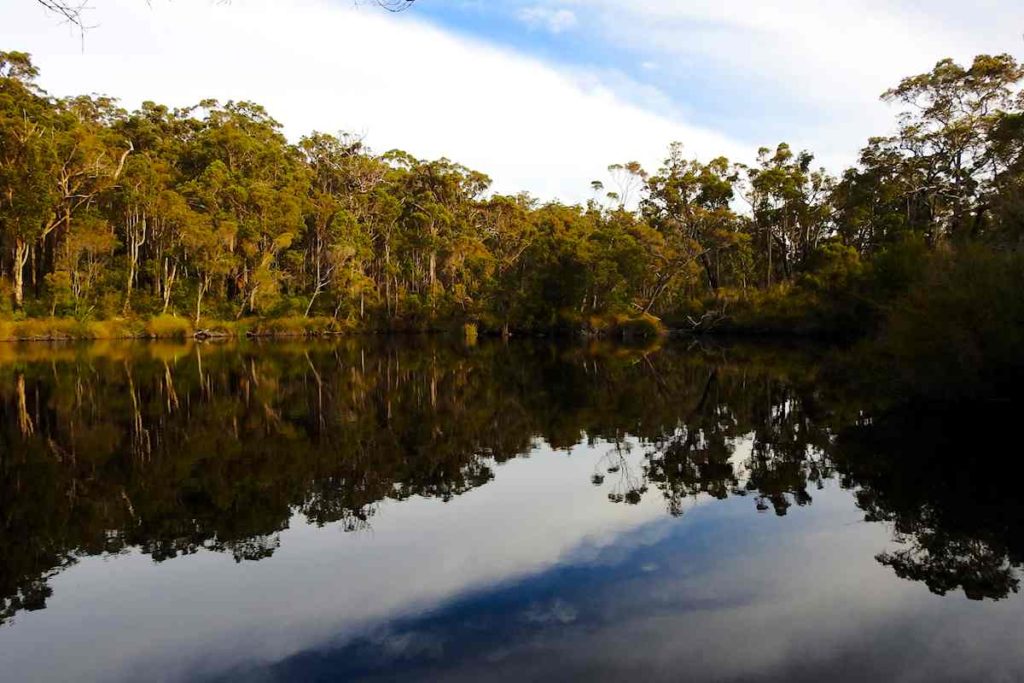
Nearby Rowell’s Pool had plenty of water and in the late afternoon light presented an image of tranquil reflection.
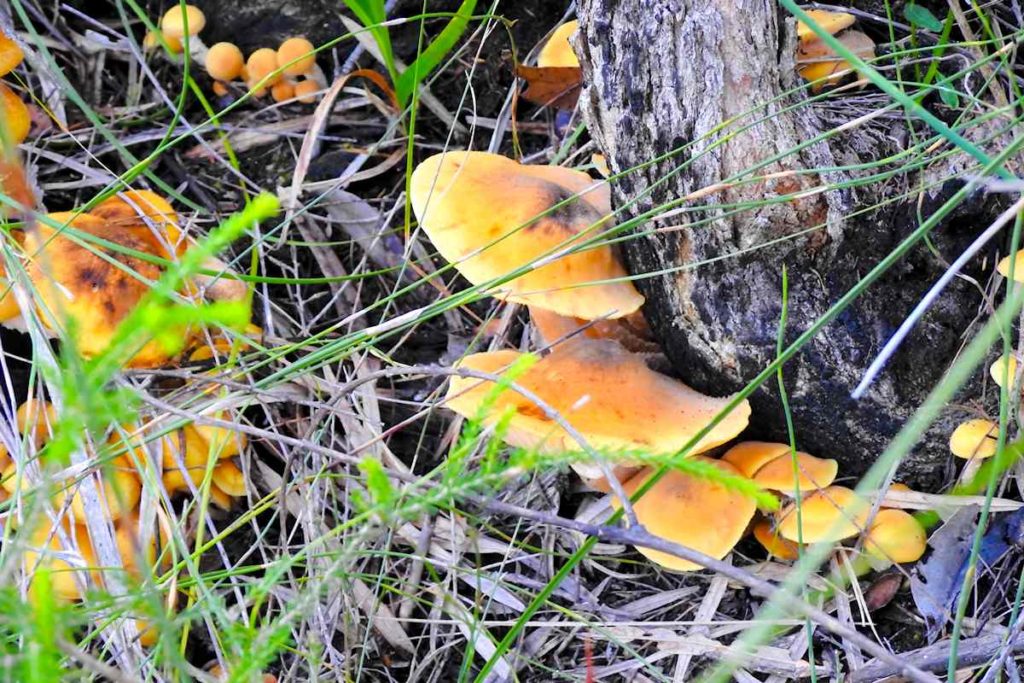
Near the water some amazing fungi were growing from the base of some trees, in the cool shade.
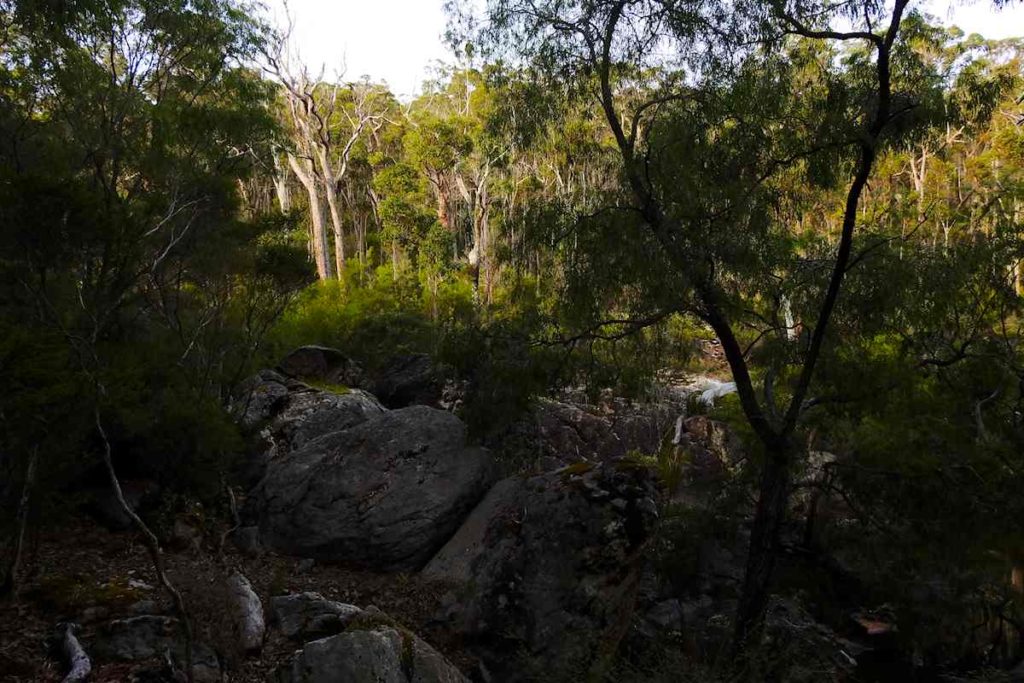
It has been remarkably dry lately and the whole region is smoky from several bushfires burning in this area.
I stayed here overnight, having the entire place to myself. The next day dawned overcast and really windy, so I decided to head back to bitumen roads, as heavy rain was predicted.
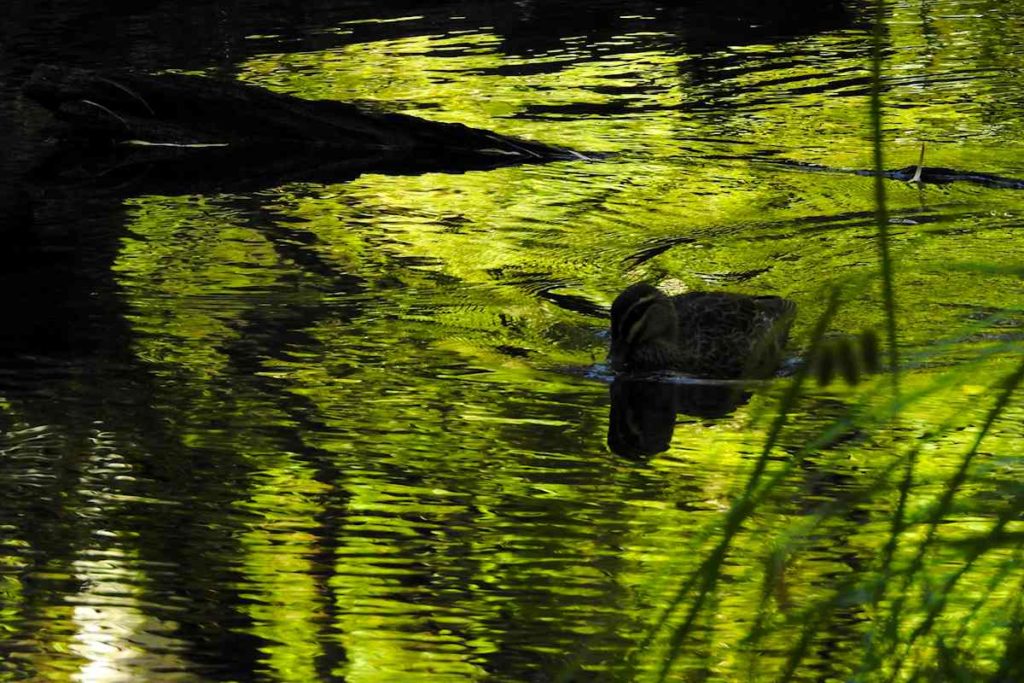
I had been to the town of Pemberton before and decided it would be a nice place to sit out of the rain. The campground has a little creek running through it, with many resident ducks.
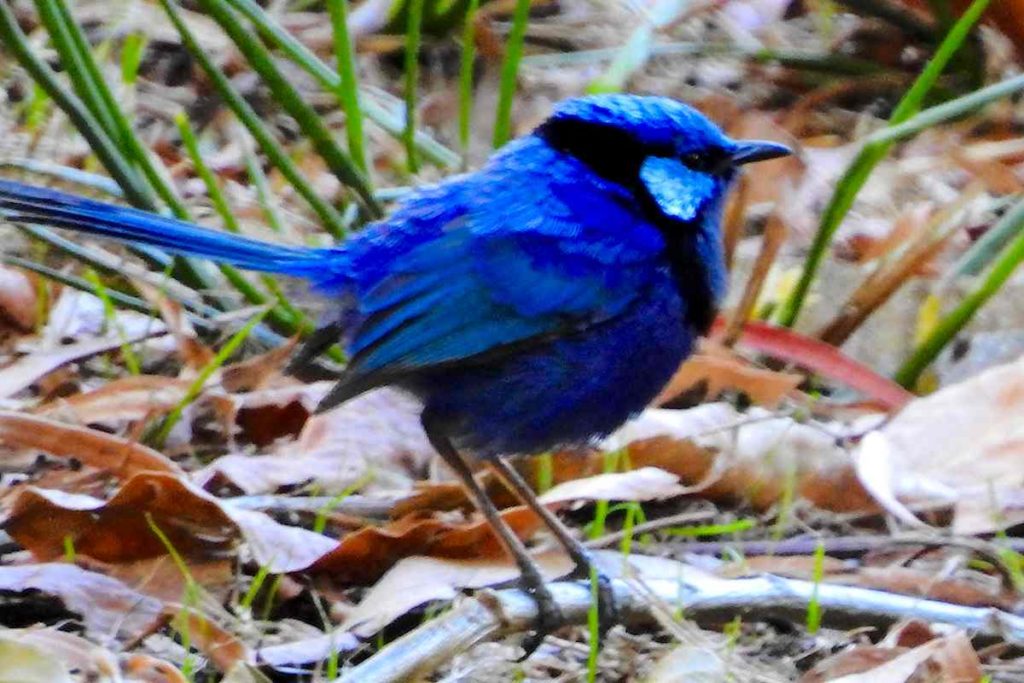
Also resident are these little Splendid Fairy-wrens, who cheekily hop around your feet looking for titbits. They are totally unafraid of you.
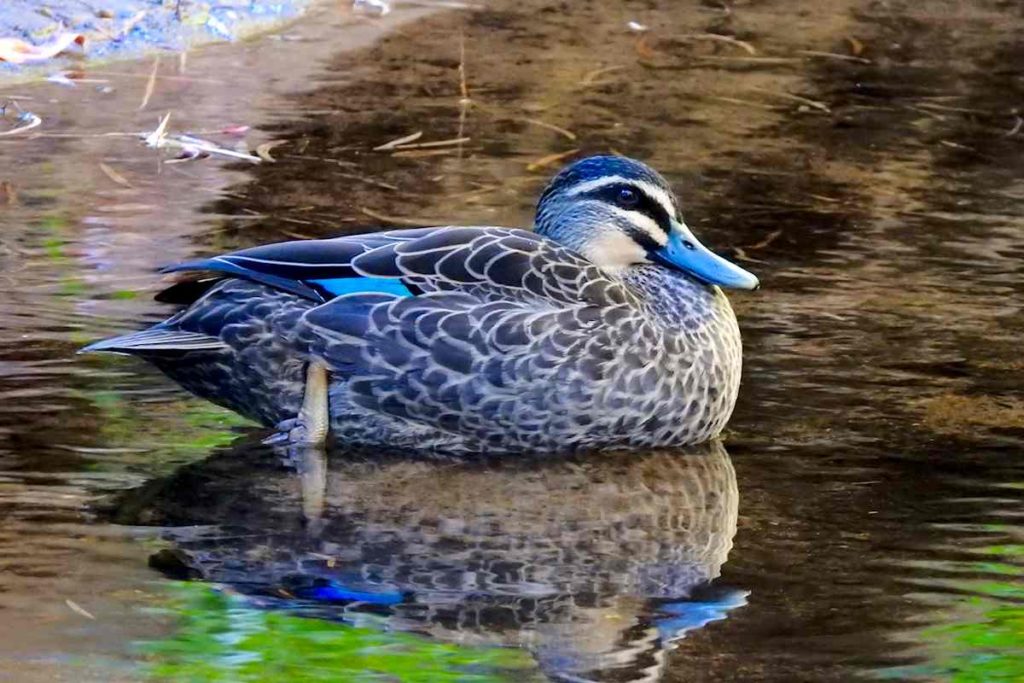
This is not a bad place to wait out the current wild and wet weather in southern WA.
Some other south-west WA locals I have seen hanging around, mostly in trees:
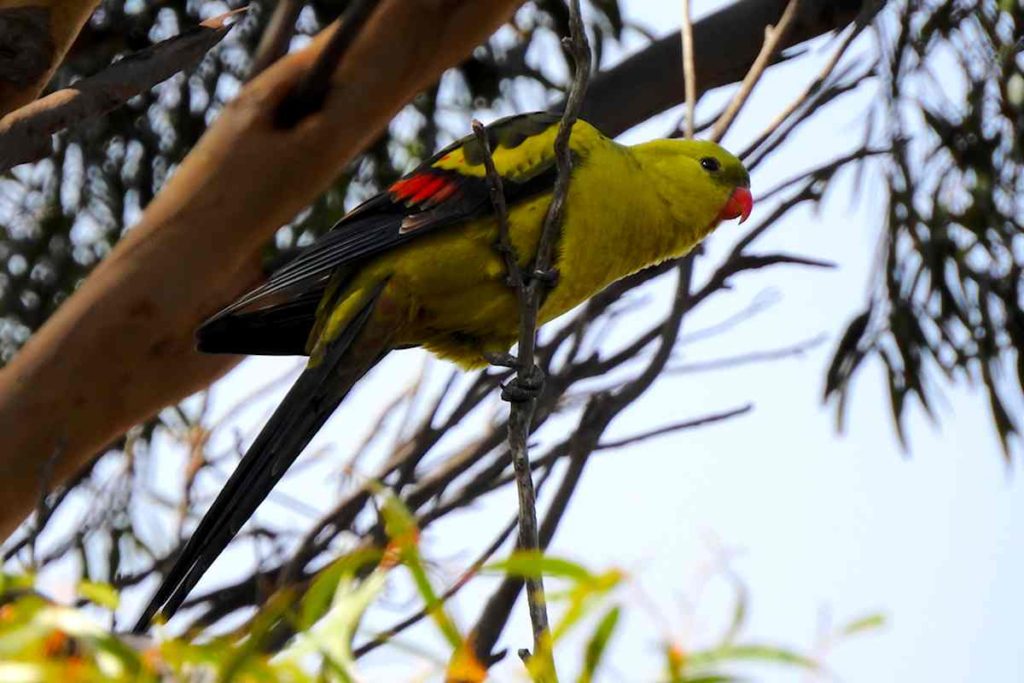
Regent Parrots are beautiful yellow-green birds that like dry eucalypt forests and agricultural lands. They live happily in the south-west of WA (and in a small region of SA, too).
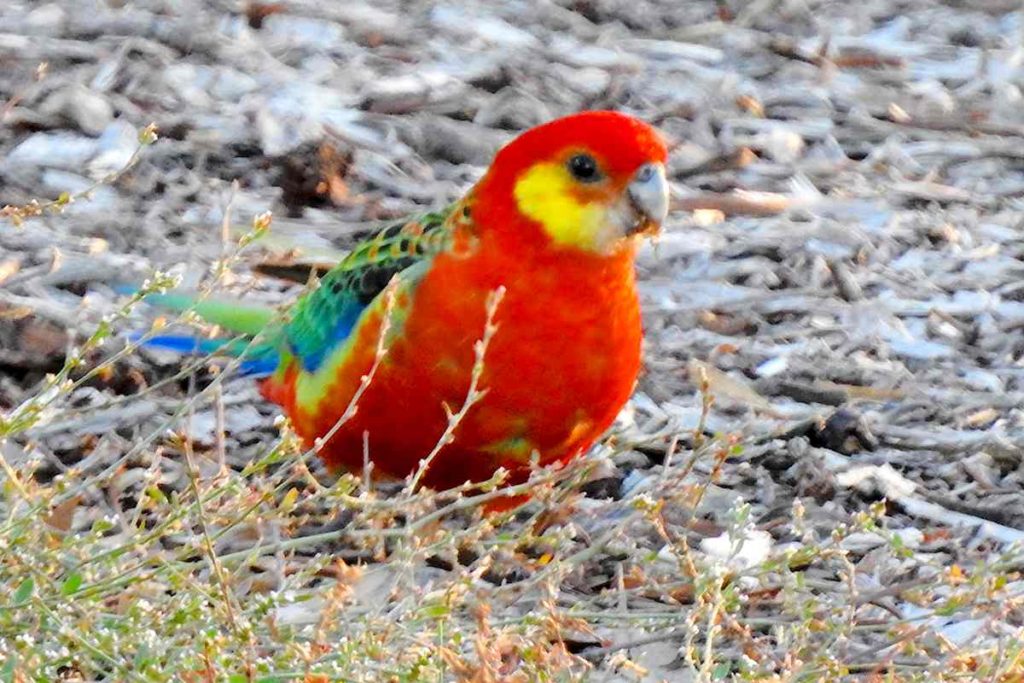
The little Western Rosellas are very brightly coloured, with their distinctive red bellies and yellow cheeks. They only live in the SW of WA. They are very quiet and this one was unobtrusively finding seeds in the garden of the camping ground.
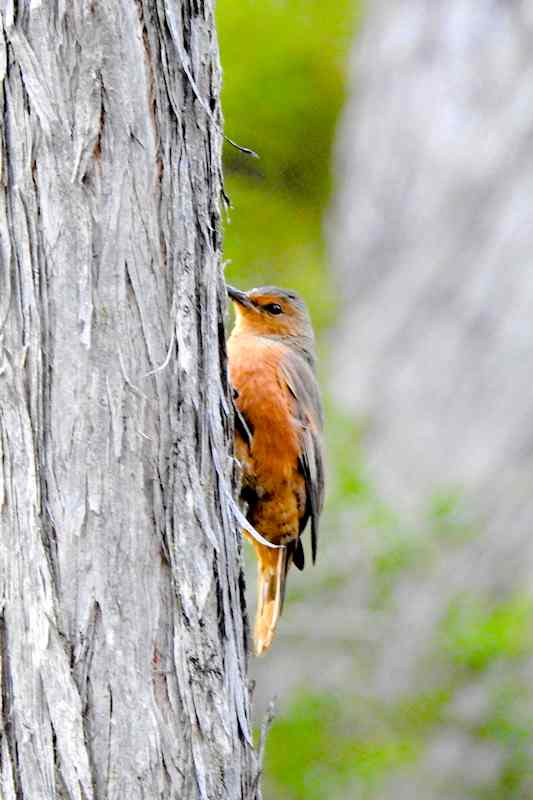
Rufous Treecreepers like eucalypt forest, where they run up and down the trunks foraging for insects.
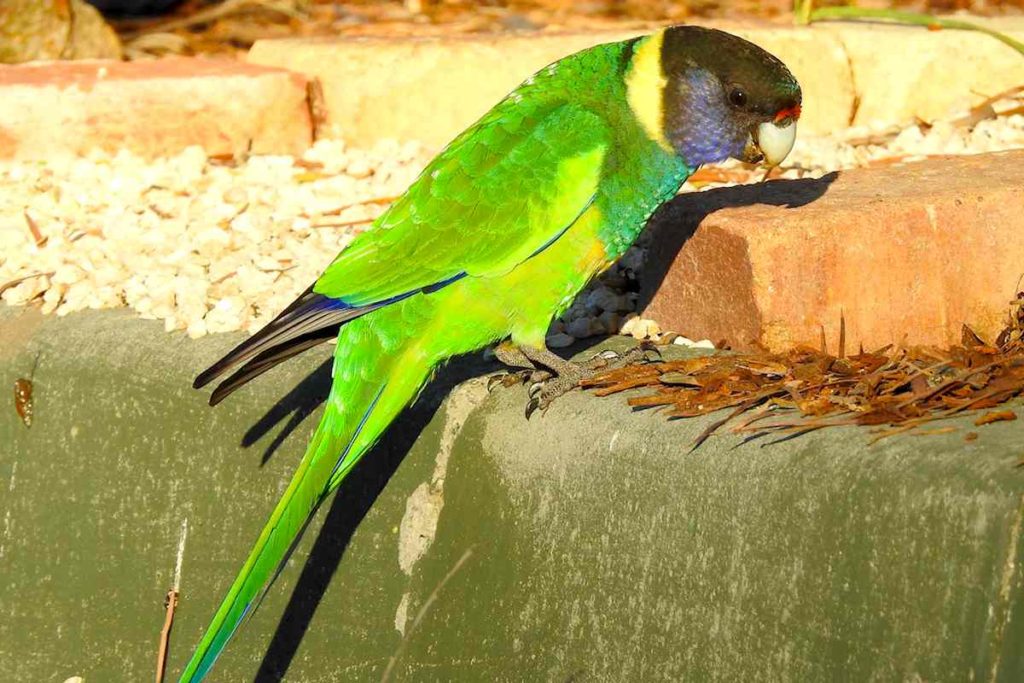
Australian Ringnecks are plentiful and live over a large area of the continent. They are happy around human habitation and seem curious of people they encounter

